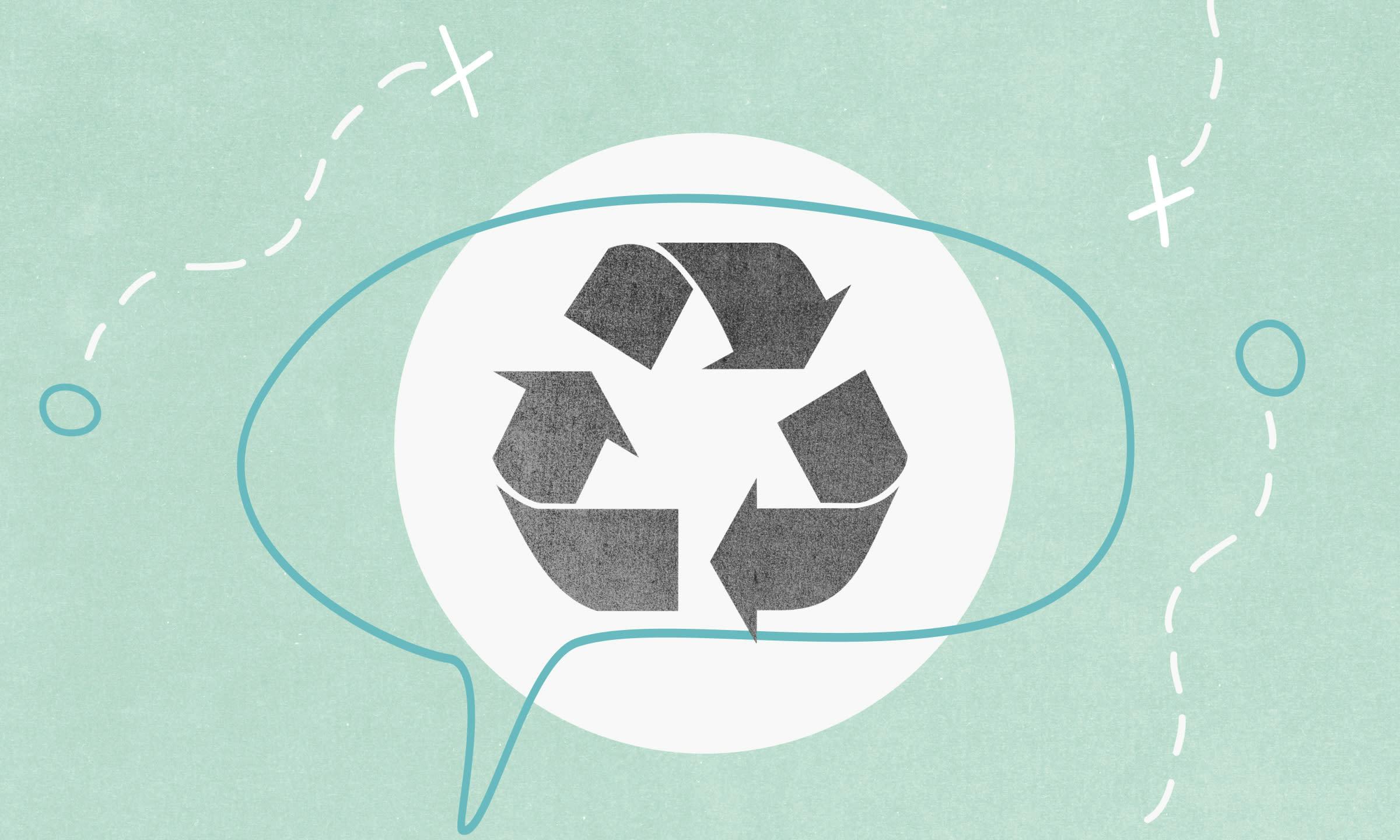Strategies for Telling Your Sustainability Story

A common request we get during the brand and web work we do for heavy-equipment and construction companies is to help them organize and tell their sustainability story.
Regardless of their size, all the organizations we work with are engaged in substantial efforts to be more sustainable, and the work they do in this regard is often just as impressive as it is green.
In order to give you some general ideas on how to get your efforts in this area recognized by clients, competitors, and even the media, here are some useful strategies for marketing your work.
Define the purpose in writing.
In every engagement, we first organize our teams (yours and ours) around a central purpose. Not only does it facilitate a useful conversation about the work we’re about to do, ultimately surfacing any issues before they become problematic, but it also gives us all a campaign North Star.
Here’s an example of a purpose statement.
The purpose of this marketing initiative is to position our organization as a proven leader in sustainability by showcasing the work we’ve done to make a meaningful impact on the environment. We intend to do this by deploying a strategic LinkedIn campaign over the course of three consecutive months, highlighting projects, thought leadership, and case studies.
The process of writing and revising the purpose statement is just as important as the actual statement itself. This is because it’s through the revision process that the best ideas are brought to life.
Define the approach.
In single-focus efforts like this, less is more.
Rather than lots of messages on lots of channels, consider one or two messages on one channel—and layer the efforts so they build upon themselves.
In the graphic below, you can see that this particular approach was based on four different-yet-related items.
The first showcased project work related to sustainability on LinkedIn.
The second focused on disseminating knowledge about sustainability on LinkedIn.
The third provided comprehensive case-study detail of sustainability projects available for LinkedIn users to download.
The fourth focused on creating a new navigational component on the company’s website.

Create a design system with ownable elements.
In the example above, both Project-Focused LinkedIn posts and Energy Tips LinkedIn posts offered opportunities for design cohesion, so we worked with the client to define a visual direction they could use across all campaign assets.
After presenting options, here’s how we introduced concept B.

By creating a design direction our client could later expand upon, we gave them an ownable opportunity.
In this particular case, we also created a visual signifier— an icon—the client could use on all marketing assets related to sustainability.

Create a schedule and stick to it.
Finally, as I’m sure you know by now, it takes time to tell your story. There’s simply no getting around it—or rushing it.
So create a timeline and stick to it. You can post once a week, or every day, but make sure you create a schedule—and have the assets—you can deliver on for the duration of the effort.
As with all marketing efforts, consistency is key. And so is ensuring you stick to your strategy.
To put it simply: your sustainability campaign needs to be sustainable
